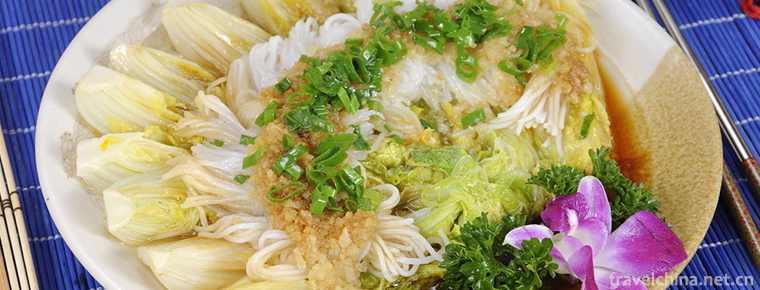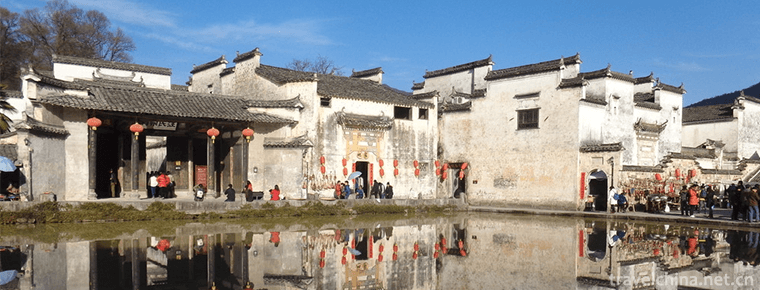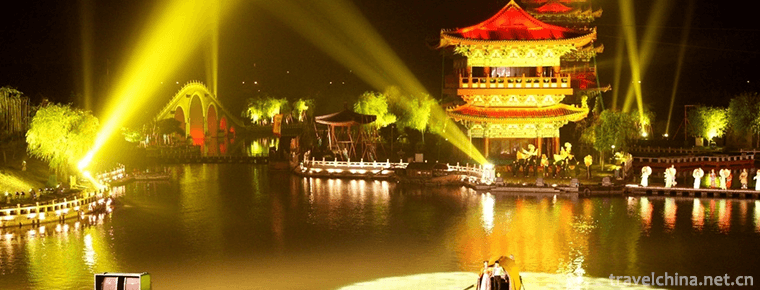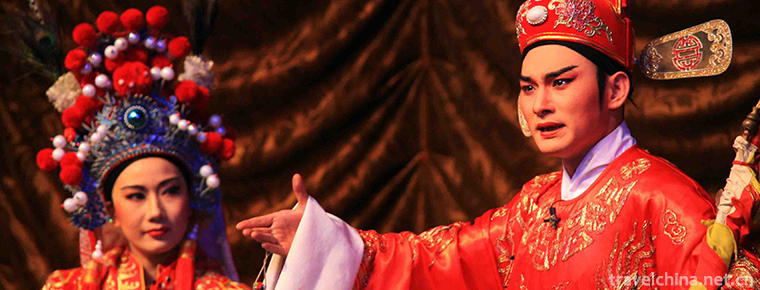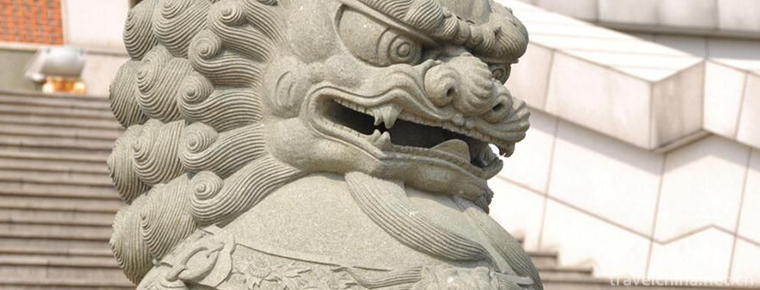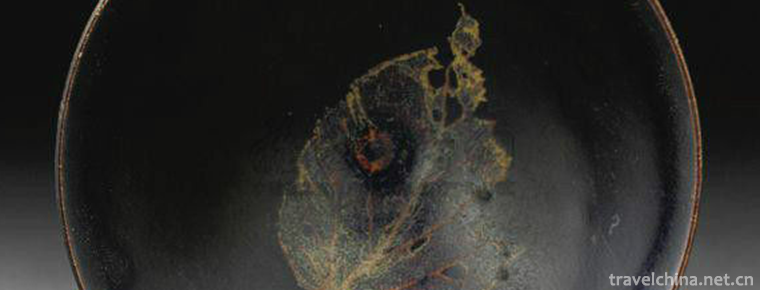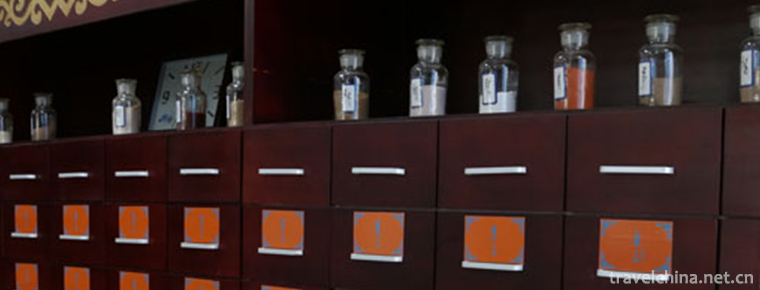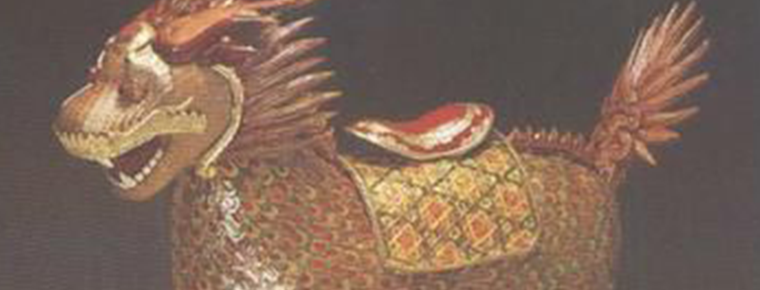taste shrimp
Taste shrimp, also known as spicy crayfish, Changsha taste shrimp, spicy crayfish and so on, is a well-known traditional snack in Hunan Province, made of crayfish, spicy and fragrant taste, bright red color, smooth texture, spicy taste.
At the end of the twentieth Century, it began to spread all over the country and became a classic snack for beer stalls on summer evenings. The lobster was originally from North America. It was introduced to Japan by the United States in 1918 and to China by Japan in 1929. It grew in rivers, lakes and marshes in southern China.
Since the reform and opening up, with Hunan people spreading Hunan cuisine all over the country, especially the spread of "Happy Base Camp" on Hunan Satellite TV, tasty shrimp has become popular all over the country for a while. Many entertainment stars will inevitably forget to eat tasty shrimp when they come to Changsha to make programs. This red, bright, spicy and delicious shrimp has spread to Hefei, Shanghai, Beijing and other places, making people who do not like chili peppers very crazy.
According to textual research, the nutrient composition of taste shrimp is similar to that of sea shrimp, but the taste of sea shrimp is more fresh, people think that its nutrient composition is high. In fact, the nutritional components of shrimps are almost the same, they are high protein and low fat. The protein content accounts for about 16%-20% of the total, and the fat content is less than 0.2%. And the fat is mainly composed of unsaturated fatty acids, suitable for human absorption. The contents of zinc, iodine and selenium in shrimp meat are higher than those in other foods. Meanwhile, its muscle fibers are tender and easy to digest and absorb. In other words, although some nutritionists have negated the taste of shrimp, believing that it is polluted seriously and contains bacteria, it does not seem to frighten the people who eat the taste of shrimp, but the more they eat, the more energetic they become.
Shrimp is a dynamic wind, and is suffering from skin scabies.
People in Changsha love to eat shrimp. They can only be described in two words: "Crazy". Taste shrimp has been loved by the people of Changsha who have been obstinate in mouth for more than ten years since it appeared in Changsha in 1990. It can be said that it has created a shrimp eating miracle. Relative to restaurants and restaurants, although the store environment for eating shrimp tastes is not very good, some even sit on the roadside to eat, but from famous brand hosts to film and television celebrities to ordinary people, can not resist the temptation of such a small shrimp tastes, we must eat once before we get addicted.
Summer is the best season for tasting shrimp. Walking in the streets and lanes of Changsha at night, you will find that almost every table eater is "teeth and claws dancing" to the basin of tasting shrimp on their table. Although each table is red-hot, tearful and sweaty, it is still so happy. Full of fighting spirit.
Shrimp, which Changsha people like to call lobster, is actually not lobster. The shrimps are about five inches long, with double pliers and hard shells. Legend has it that they were introduced from Australia. Later, there were no natural enemies. They were everywhere. They even liked to make holes under the embankment. They harmed one side and grew very fast. So Changsha people ate them with a look of eliminating harm for the people.







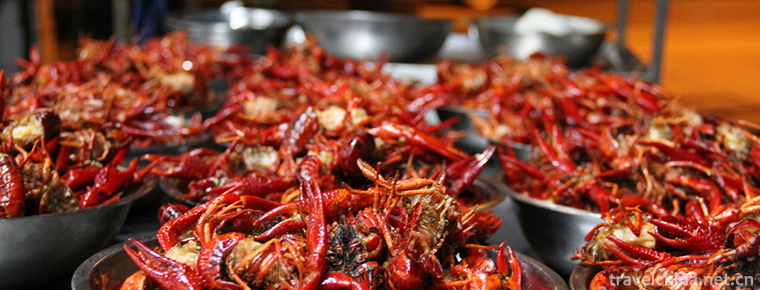
-
Vegetable party
Vegetable party (alias Su Chunjuan) is one of the common local traditional snacks in Guiyang. It can be seen almost everywhere in the streets of Guiyang. This dish is crisp.
Views: 175 Time 2018-11-05 -
Ancient Villages in Southern AnhuiXidi and Hongcun
Ancient villages in southern Anhui refer to some traditional villages distributed in Anhui and Jiangxi provinces of China and south of the Yangtze River. .
Views: 75 Time 2018-12-08 -
The Huaming Tower Scenic Area
Huaming Tower Tourist Area: National AAAAA Tourist Area, National Key Cultural Relics Protection Unit, National Patriotic Education Base..
Views: 169 Time 2018-12-12 -
Shanghe Garden Scenic Spot in Qingming Dynasty
Qingming Shanghe Garden is a large-scale theme park of Song Dynasty cultural scenery constructed by the people's government of Kaifeng City in Henan Province.
Views: 175 Time 2019-02-07 -
Chao Opera
Chaozhou Opera, known as "Chao Diao", "Chao Yin Opera" and "Bai Zizi Opera", was widely spread in Zhao'an, Yunxiao, Pinghe, Dongshan, Zhangpu and Nanjing of southern Fuji.
Views: 165 Time 2019-04-16 -
Hui Nationality Medicine
Hui medicine is the product of the combination of Chinese traditional medicine and Arab-Islamic medicine. Arabs began to develop science and culture when other European countries had not yet separated.
Views: 314 Time 2019-05-04 -
Huian stone carving
Hui'an stone sculpture mainly served religion in its early stage, with strong religious color. It is mainly embodied in the architectural design, sculpture and installation of the temple,.
Views: 152 Time 2019-05-05 -
Firing Techniques of Jizhou Kiln Ceramics
Jizhou kiln is a treasure of the traditional Chinese ceramic crafts. As a world-famous comprehensive ceramic kiln in Jiangnan (Ji'an, Jiangxi), it has strong local style.
Views: 139 Time 2019-05-05 -
Mongolian Medicine
Mongolian medicine is mainly moxibustion, and is good at using fire needles. Fire needle is a method of treating diseases by rapidly puncturing the acupoints with red-hot needle tips. This method has .
Views: 306 Time 2019-06-04 -
Bamboo weaving in Shengzhou
Shengzhou bamboo weaving is one of the traditional handicraft products in Shengzhou, Zhejiang Province. Shengzhou bamboo weaving technology is distributed in the bamboo producing areas of the city, in.
Views: 129 Time 2019-06-14 -
Peking Union Medical College
The Chinese Academy of Medical Sciences was established in 1956. Peking Union Medical College was founded in 1917. Since 1957, the Chinese Academy of Medical Sciences and Peking Union Medical College .
Views: 231 Time 2019-09-06 -
Suining famous specialty
Suining City has Shehong Medina beef, Daying white lemon, Chuanshan bean curd peel, Anju golden pear, zhuotang well salt, da'anshu beef, Chicheng lake fish mat, shehongyexiang pig, Anju 524 sweet potato, Pengxi green pepper, Pengxi Xiantao, qiaoguanying .
Views: 331 Time 2020-12-16
